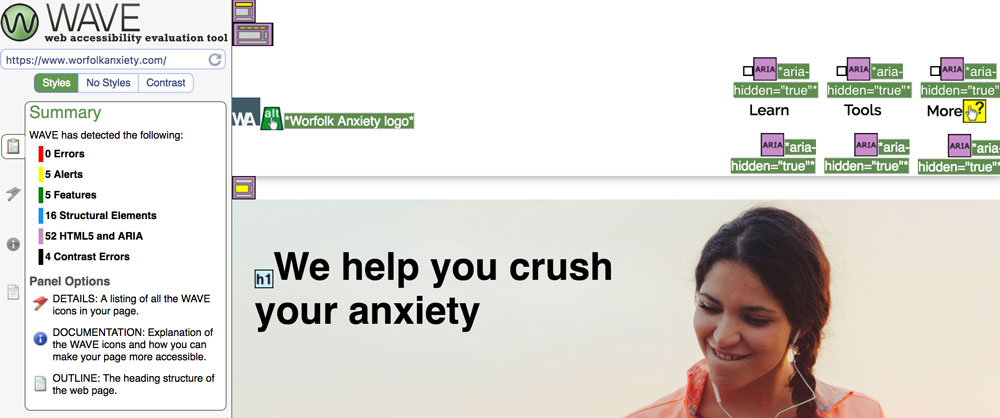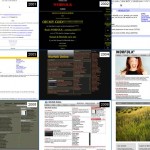Making your website accessible people who are visually impaired isn’t sexy or glamorous. But it is pretty easy. And given how prevalent visual impairment is, especially among the elderly (which, all e-commerce operators should note are the people with all the money), it is time well spent.
Here are four tools that will help you tune up your website.
W3 HTML validator
Assistive technology is already out there helping people. All you have to do is provide it with the correct input. And that starts with following HTML standards. And, where possible, using semantic HTML5 tags.
These work in everything except Internet Explorer 8 and the number of users who make use IE8 is now lower than the percentage of people with visual impairment. Plus, it’s very easy to add backward compatibility in.
Once you have done this, run it through W3’s HTML validator tool. This will check that your code makes sense and so everyone’s browsers (visually impaired or not) will be able to read it correctly.
Click here to go to the W3 Validator.
WAVE

WAVE stands for the Web Accessibility Evaluation Tool. It’s an online tool that has been running since 2001 and is considered one of the best ways to test how accessible your website is.
All you have to do is enter the URL of your website and WAVE will give you a full report, including helpful suggestions and things to fix. You get a copy of your page highlighted with the information to make it easy to find.
Like everything on this list, it’s free.
Click here to access the tool.
a11y.css
This is a bookmarklet that scans your page for problems. If you are not familiar with a bookmarklet, it is a magic bookmark: you save it to your favourites and then when you click it, it will run the report on the current web page you are browsing.
It highlights areas of the page with possible errors that you can then review. It’s quick and simple to use but doesn’t offer as much depth as WAVE.
MDN documentation
The Mozilla Developer Network is the de facto authority on how HTML works. This includes documentation on the ARIA standard, which is a standard designed to make web applications more accessible.
Even Mozilla’s documentation is rather hard to penetrate, but if you bare with it, you can get your head around it.
Click here to read the ARIA documentation.
Summary
Making your website accessible is pretty easy: it’s all about following standards and best practice, and maybe adding a few HTML attributes if you have code doing fancy things.
Doing so makes your website much easier to access for the visually impaired, which will mean a better world for them and more traffic for you.
Don't have time to check my blog? Get a weekly email with all the new posts. This is my personal blog, so obviously it is 100% spam free.
Tags: accessibility, Websites
This entry was posted on Friday, August 25th, 2017 at 11:00 am and is filed under Tech. You can follow any responses to this entry through the RSS 2.0 feed. Both comments and pings are currently closed.

